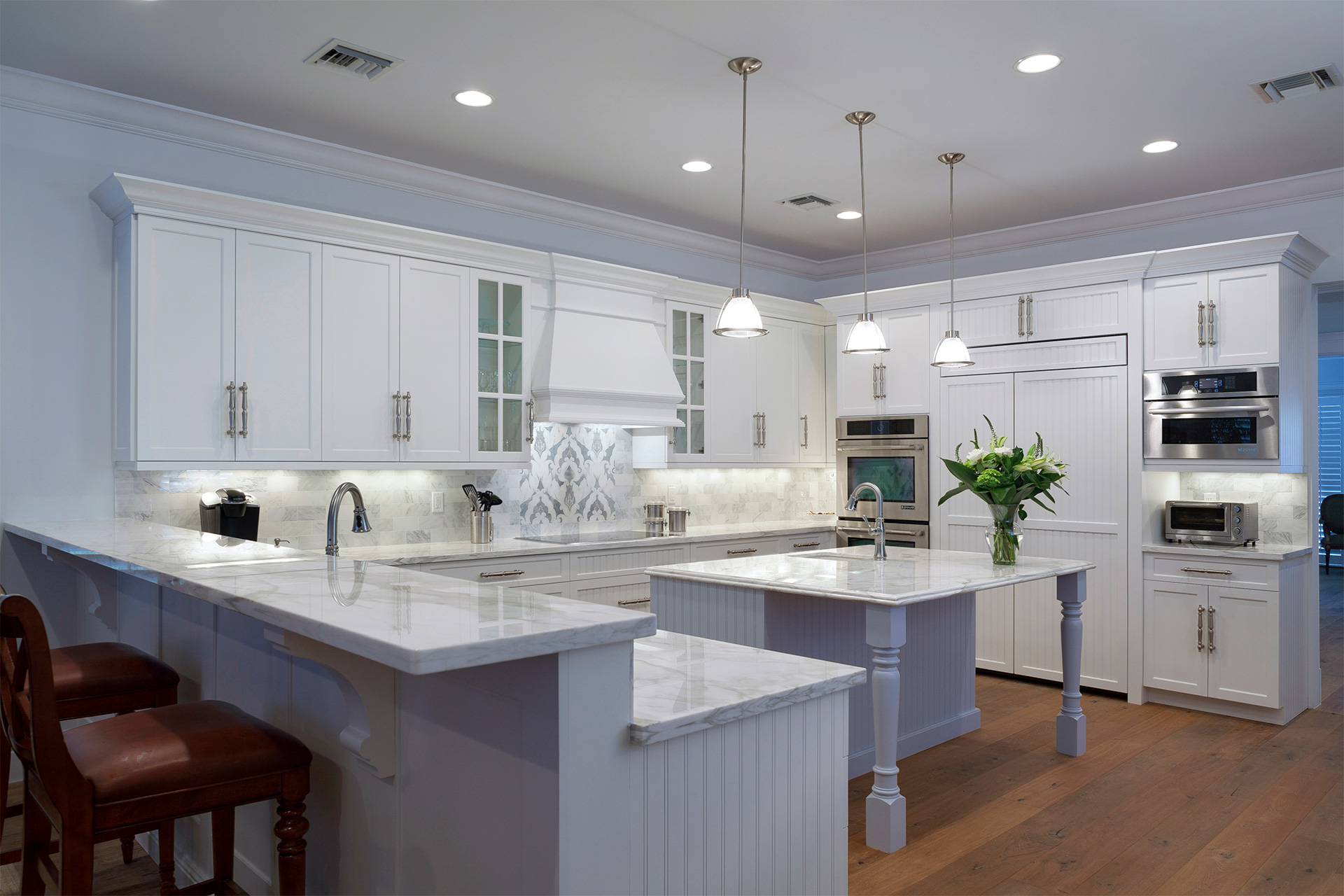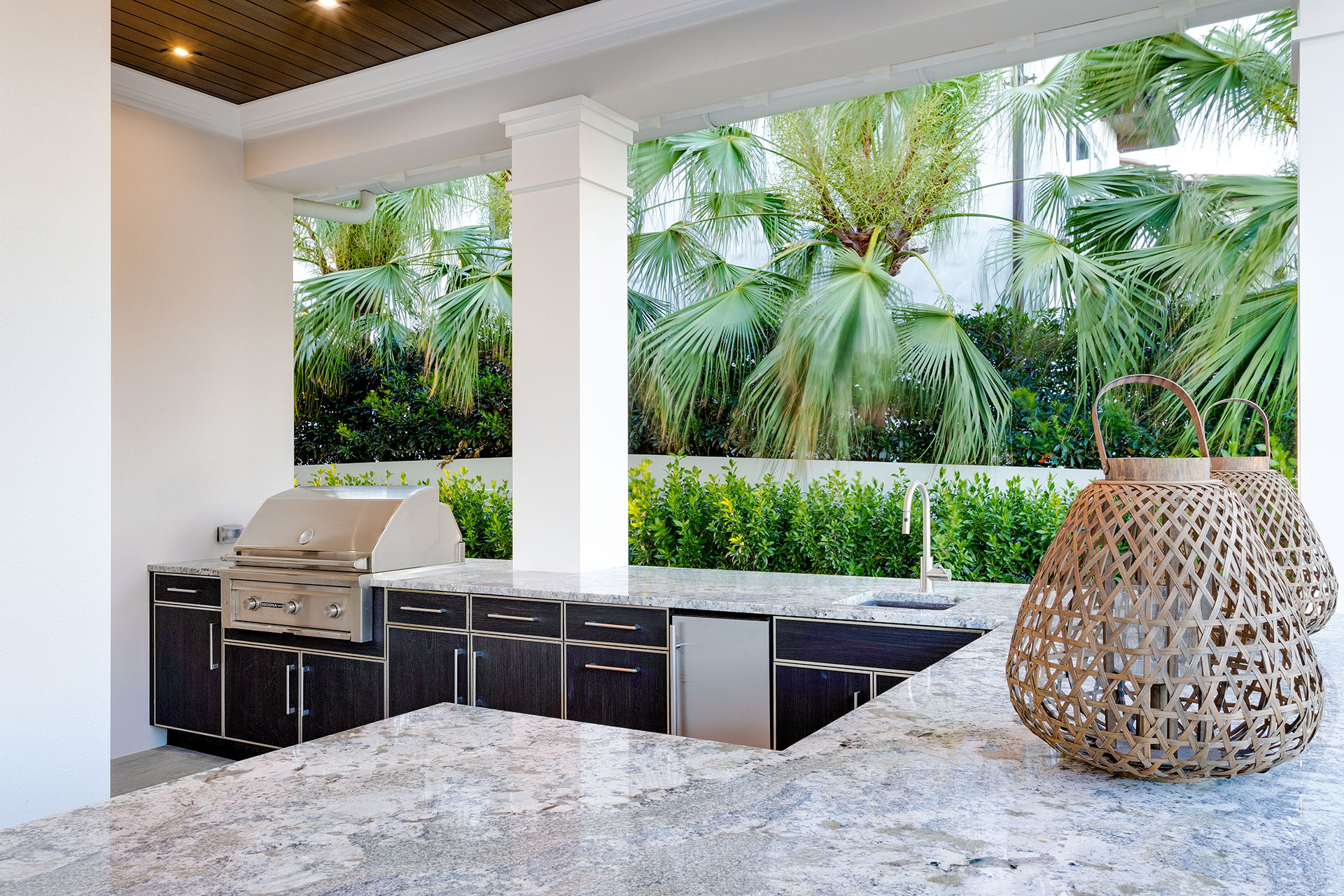
In a world filled with constant stimuli and distractions, the concept of minimalism and decluttering has gained immense popularity as people seek to simplify their lives and create tranquil, aesthetically pleasing spaces. Minimalistic design isn’t just about empty spaces; it’s a deliberate choice to strip away the unnecessary, leaving only what truly matters. In this blog post, we’ll explore the principles of minimalistic design, offer practical decluttering tips, and guide you on how to craft functional and aesthetically pleasing spaces with less.
The Principles of Minimalistic Design
Minimalism isn’t just a style; it’s a mindset that champions simplicity, functionality, and a deliberate focus on what brings joy and purpose to your life. Here are the key principles of minimalistic design:
1. Simplify and Streamline
Start by simplifying your surroundings. Remove excess furniture, decor, and items that don’t serve a practical or aesthetic purpose. The goal is to create a sense of openness and clarity.
2. Embrace Neutral Color Palettes
Minimalistic design often features neutral color schemes, such as whites, grays, and earthy tones. These colors create a serene and timeless backdrop for your space.
3. Quality Over Quantity
Invest in high-quality, well-crafted furniture and decor pieces that will stand the test of time. A few well-chosen items can have a more significant impact than a multitude of lower-quality items.
4. Functional Spaces
Every element in a minimalistic space should have a clear purpose. Functional furniture and thoughtful storage solutions are key components of this design style.
5. Declutter Regularly
Decluttering is an ongoing process. Regularly assess your belongings and let go of items that no longer serve you. This will help maintain the simplicity of your space.
Practical Decluttering Tips
1. The KonMari Method
Marie Kondo’s KonMari method encourages you to go through your possessions and keep only those that “spark joy.” This approach can be a powerful way to evaluate and declutter your belongings.
2. Room-by-Room Approach
Take one room at a time to avoid feeling overwhelmed. Start with the most cluttered or frequently used space, and gradually work your way through your home.
3. The One-In-One-Out Rule
For every new item you bring into your space, consider removing one. This rule ensures that your belongings remain in balance.
4. Digital Declutter
Don’t forget to declutter your digital life. Organize your digital files, unsubscribe from unnecessary emails, and delete apps you no longer use.
Creating Aesthetically Pleasing Minimalist Spaces
To create an aesthetically pleasing minimalist space, focus on the following:
1. Thoughtful Decor
Choose a few carefully curated decor items, such as artwork, sculptures, or potted plants, to add character to your space. These items should complement the overall design without overwhelming it.
2. Lighting Matters
Invest in quality lighting fixtures to set the mood in your space. Natural light is ideal, but consider well-designed lamps and fixtures to enhance the ambiance.
3. Texture and Materials
Incorporate different textures and materials to add depth and interest to your space. Think about using wood, metal, textiles, and glass in harmony with your neutral color palette.
Minimalistic design is a journey towards finding peace in simplicity. By embracing the principles of minimalism, following effective decluttering strategies, and focusing on aesthetics, you can create functional, serene, and visually striking spaces that resonate with your unique style and personality. Start by simplifying your surroundings, and you’ll discover the profound beauty of living with less.




